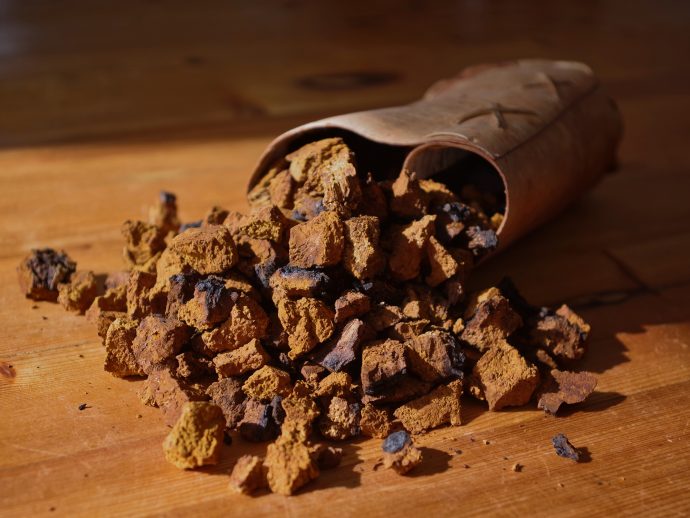
Daily exposure to environmental toxins affects our health, but by taking some practical steps we can reduce our toxic load and support our bodies’ natural detoxification processes.
What’s an environmental toxin?
Environmental toxins are chemicals or other factors that may cause adverse health effects in the people exposed to them.
These toxins can be found in a range of cosmetic, cleaning, and household products. Common air pollutants include fine particles produced by the burning of fossil fuels, second-hand smoke, mold, and vapor from household products. Water pollution can occur as a result of agricultural runoff; clothing dye production; sewage and food processing waste; and contamination by lead, mercury, and other heavy metals and chemicals.
What’s the risk?
The precise health risks of environmental toxins depend on several factors, such as the type of toxin, the amount you’re exposed to, and how long and how often you’re exposed.
Many environmental toxins are carcinogenic and/or have been linked to other serious health issues such as obesity, asthma, and developmental delays. Some environmental toxins, such as BPA, can act as endocrine disruptors, meaning they mimic naturally occurring hormones. Exposure to endocrine disruptors has been linked to adverse effects on reproductive health, as well as thyroid problems.
Detoxification 101
Our bodies are designed to detoxify themselves, but we can help support the process. Food is a powerful detoxification tool. According to Dr. Laura Nicholas, ND, cruciferous vegetables are great for detoxifying synthetic estrogens such as BPA. Antioxidants are also potent detoxifiers. Consider adding nutrient-packed organic blueberries and blackberries to your morning smoothie.
Minimizing your exposure
Nicholas says it’s important to be realistic about how many changes you can make at once. Instead, try making a commitment to choose a toxin-free product the next time one of your current products runs out.
Common environmental toxins and how to avoid them
- Air pollution: a mixture of natural and synthetic substances in the air we breathe. Indoor air pollution can be reduced by making sure that your building is well ventilated and regularly cleaned to avoid the buildup of mold and dust. Exposure to outdoor air pollution can be reduced by checking your city’s air quality monitors and avoiding heavy traffic and second-hand tobacco smoke.
- Bisphenol A (BPA): a chemical produced in large quantities for use primarily in the production of polycarbonate plastics. To reduce your exposure:
- Opt for glass, porcelain, or stainless steel containers, particularly for hot food or liquids.
- Use baby bottles that are glass or stainless steel.
- Be wary of BPA plastic alternatives such as bisphenol S (BPS), as these substances may cause similar health effects.
- Perfluoroalkyl and Polyfluoroalkyl Substances (PFAS): manufactured chemicals widely used in everyday items, including certain types of nonstick pans and waterproof clothing. If possible, avoid purchasing PFAS-containing products.
- Pesticides: agricultural chemicals in food production. Choose organic produce, and make sure to give all fruits and veggies a good wash.
- Phthalates: a group of chemicals used to make plastics (such as those in packaging and children’s toys) more flexible and harder to break; also used in cosmetics and fragrances. Avoid putting your food in phthalate-containing plastic, and avoid artificial fragrances.
- Triclosan: an antibacterial chemical sometimes found in toothpastes, hand sanitizers, and deodorants. Read labels carefully if a product claims to be “antibacterial.”
For more information, check out Environmental Defence’s printable pocket guide to common environmental toxins.
Written by Isabela Vera






